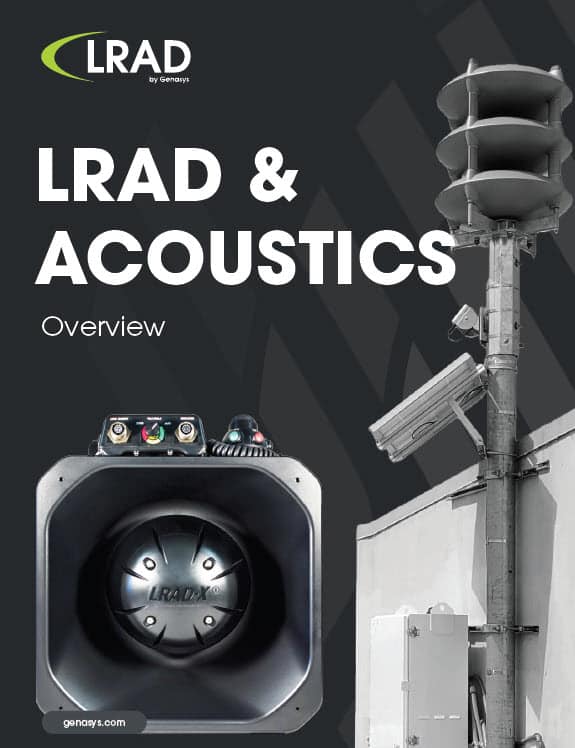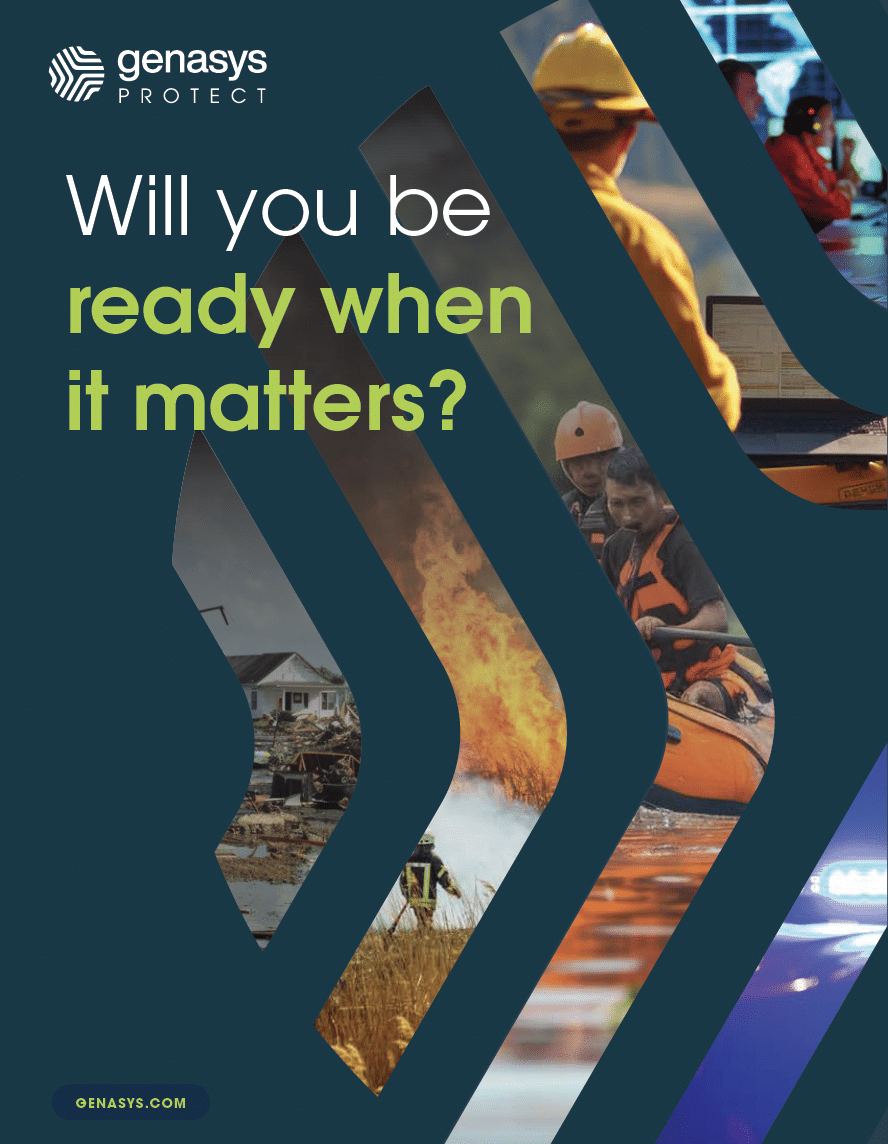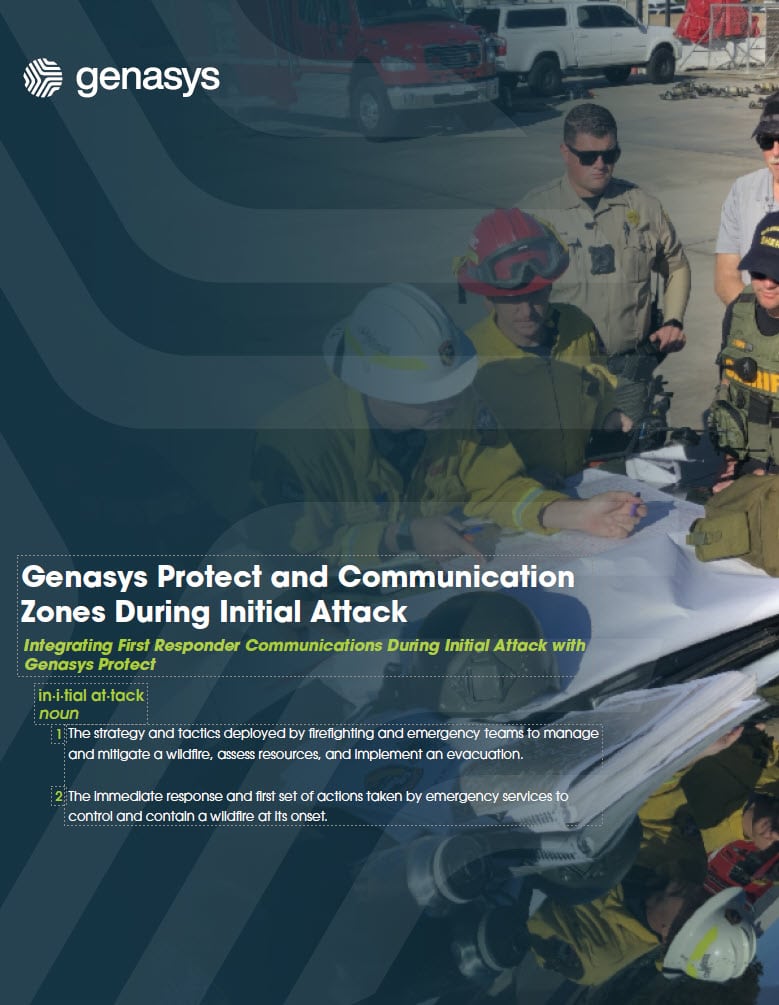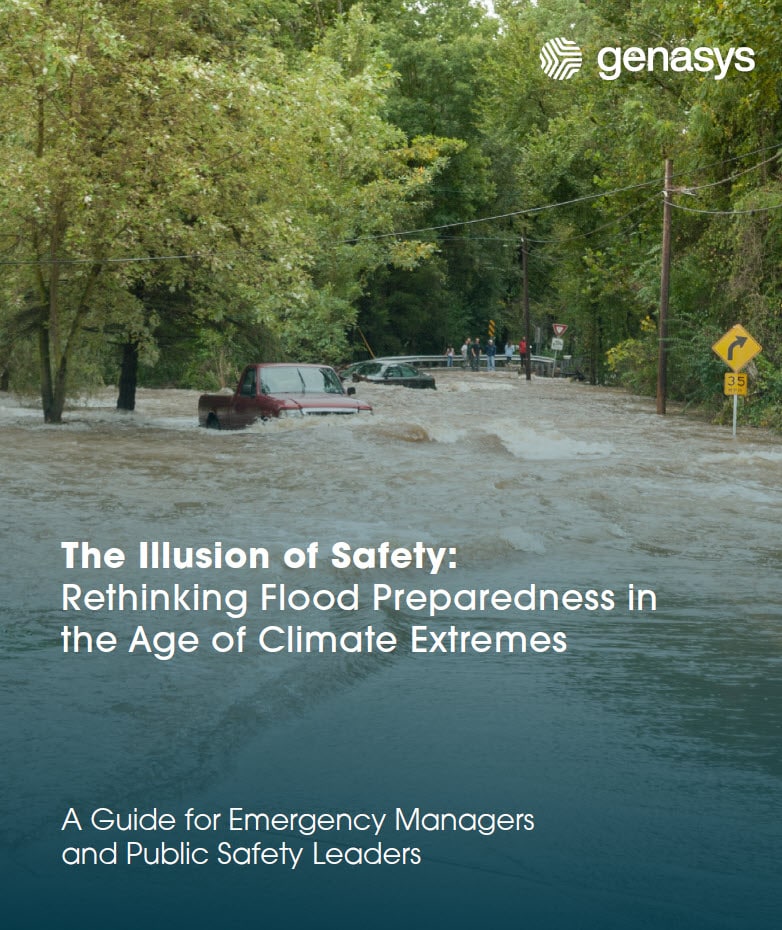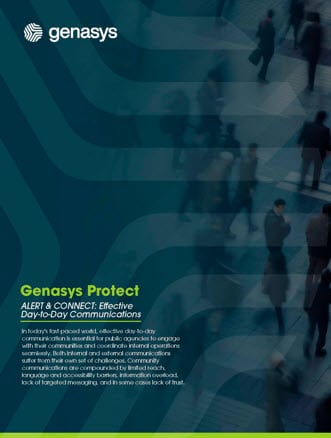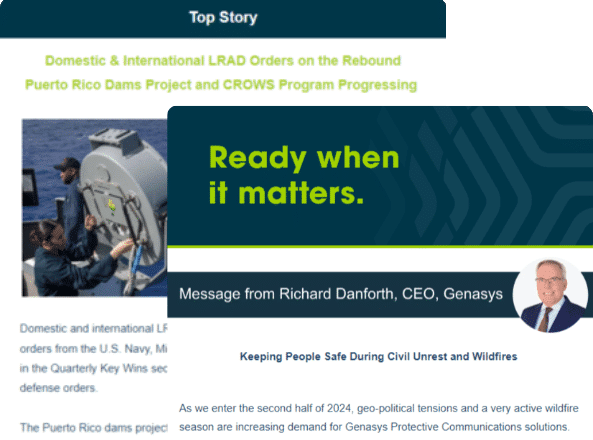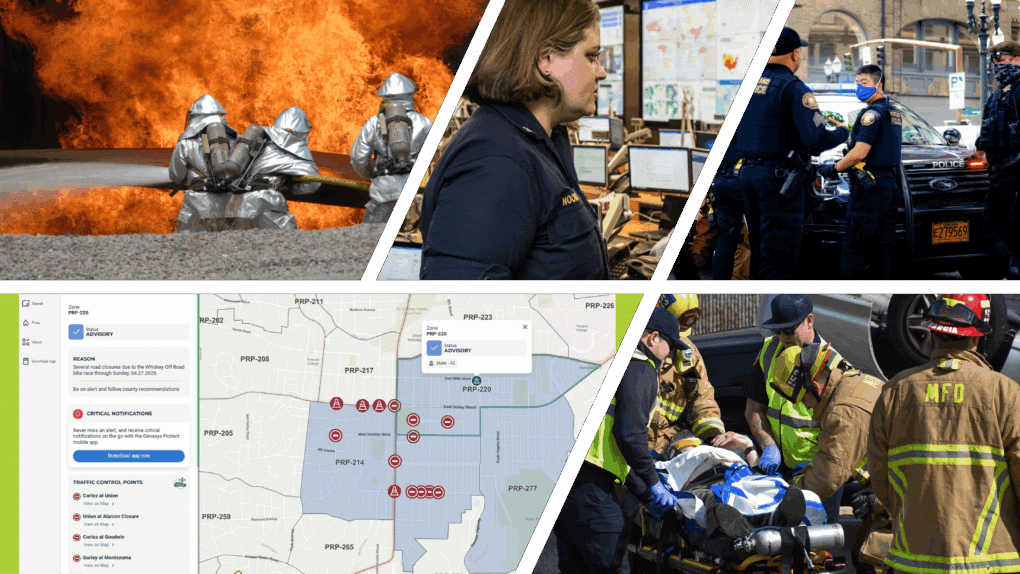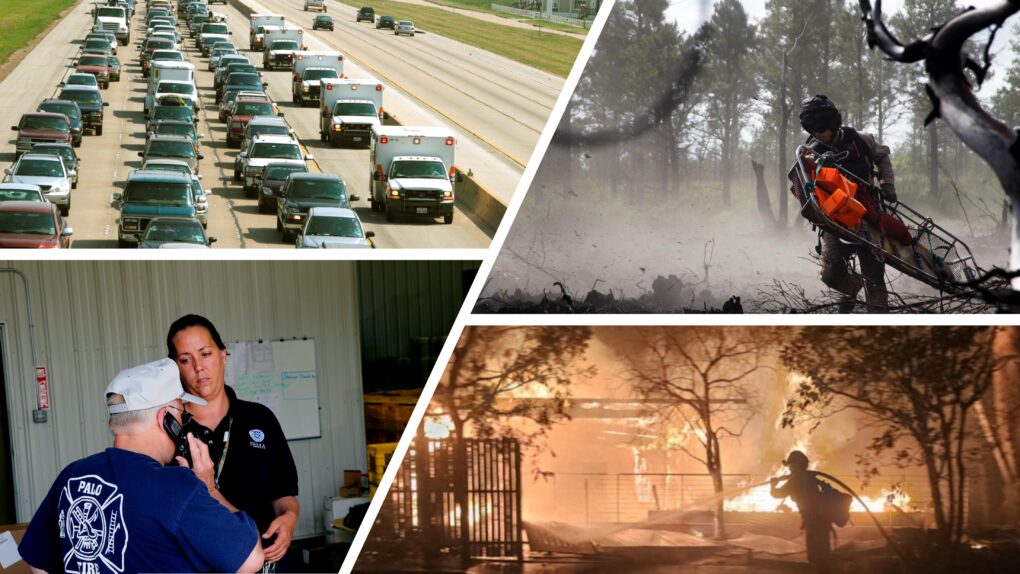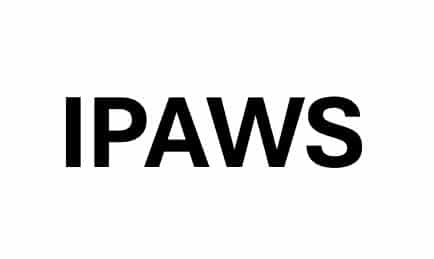By Adam Stewart, Director, Product Marketing @ Genasys
Emergencies move fast. Responders need the right tools to act quickly and effectively. While some tools provide broad impacts across all-hazards, others offer specialized solutions for specific emergencies and disasters. Partnerships in emergency management bring these technologies together, enabling responders to address emergencies more effectively.
Protective communications solutions, enable swift effective responses and ensure critical alerts reach the right people at the right time. Specialized tools, such as flood modeling and wildfire prediction, enhance response efforts by providing deeper insights. When your communities are regularly impacted by specific emergencies, having access to both is vital for a well-rounded emergency strategy.
The Need for Partnerships
During a disaster, time is everything. Emergency managers can’t afford to switch between disconnected tools. Every second spent jumping between solutions and figuring out the best way to use them in tandem is a second lost in response time. This results in certain solutions not being used altogether.
Integrated solutions allow responders to seamlessly use different solutions simultaneously gaining insights from one and acting upon them with another. A system that combines critical information with immediate communication keeps people safe. Without it, decision-makers risk acting on outdated or incomplete information which can lead to confusion, delays, and even loss of life.
Community Impact & Real-World Applications
Disasters bring chaos. They displace families, overwhelm emergency services, and put lives in danger. Communities rely on emergency managers to provide clear guidance in these critical moments. But that guidance is only as strong as the tools behind it.
Imagine a major flood threatening a city. Emergency managers need detailed flood maps to predict where the water will rise. They also need a way to alert residents and coordinate evacuations. If those systems don’t work together, responders may struggle to reach the right people in time. But when flood modeling and emergency communication solutions are integrated, officials can send precise, location-based warnings. Residents get the information they need to evacuate safely. Emergency crews can plan their response more effectively. Lives are saved.
The Bottom Line: Do Your Research
Emergency response depends on reliable, well-integrated tools. Not all solutions work together seamlessly. The best platforms are built on strong partnerships that enhance their capabilities.
If you’re evaluating emergency response solutions, don’t just look at the features. Look at the partnerships. Who do they work with? How do their systems integrate? Are they designed to work together under pressure?
Doing your research now can mean the difference between a smooth response and a chaotic one. To help you get started, check out our Buyer’s Guide. It covers what to look for in modern emergency response solutions and how to ensure your tools are ready for the next crisis.

